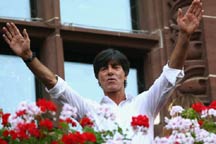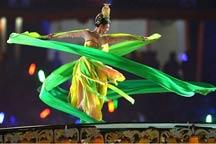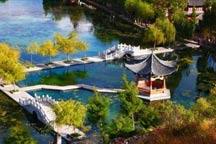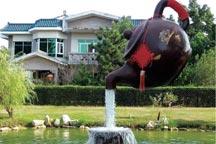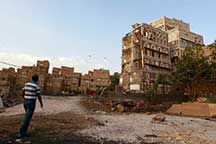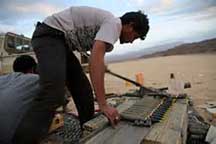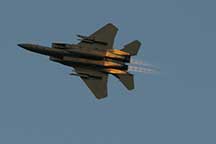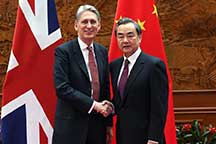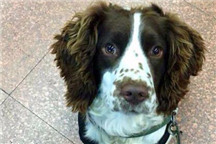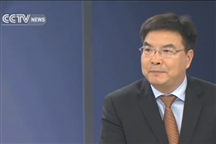Asia Building (No.1)
Built in 1916 and regarded as 'the first mansion', it is originally the McBain Building and housed the Shanghai offices of Royal Dutch Shell and the Asiatic Petroleum Company in the past. It is currently used by China Pacific Insurance Co. Ltd. It has eight floors and its building area is about 11,984 square meters while covering an area of 1,739 square meters. With an eclectic style, the exterior of the building is divided into three horizontal parts and three upright parts. Both the bottom and upper parts are in Baroque style, while the middle part is in modernist architectural style. The building is gorgeous and elegant.
East Wind Hotel (No.2)
It was formerly named the Shanghai Club which was the principal social club for British nationals in Shanghai. The original Shanghai Club was a three-storey red-brick building constructed in 1861. It was torn down and rebuilt in 1910 with reinforced concrete in a neo-classical design. The large first floor dining room has black and white marble flooring, while the entrance staircase uses imported white Sicilian marble. The second floor is the international matelot club and the others are guest rooms. With complete facilities and beautiful decoration, the hotel is the ideal choice for business accommodation.
Bund No.3 (No.3)
Built in 1922, it is originally the Union Building where a number of insurance companies were housed. The seven-storey building was the first work in Shanghai of P&T Architects and Surveyors (Palmer & Turner), and was the first building in Shanghai to use a steel structure. The building occupies 2241 square meters, with a floor area of 13,760 square meters. The building is in the Neo-Renaissance style with a symmetrical facade, but with some Baroque style details. The roof features a domed corner pavilion.
The Nissin Building (No.5)
Built in 1925, it was used to house the Japanese shipping firm, Nishin Navigation Company. Now, it is used by Huaxia Bank and Jindu Industry. It was a mixture of modern architecture with classical architectural style of latter-day Japan and thus it was regarded as 'Japan-Judah-style'. The six-storied building covers an area of 1280 square meters. The decoration of the bottom three floors are relatively simple while the upper three have classical columns and carved flowers which show a strong third-dimension.
China Merchants Bank Building (No.6)
China Merchants Bank Building, or Commercial Bank of China Building, acknowledged as one of the oldest buildings on the Bund, is generally documented as being built in 1897 as premises for either the Imperial Bank of China or the Commercial Bank of China. The building itself was completed many years earlier than is generally realized as the new premises for Russell & Co., one of the most illustrious American companies to operate in China in the 19th century. It is the location of the International Enterprise Co., Ltd. Hong Kong Parkview now. It is a false four-story Gothic-style building. There are five fastigiated layers in the fourth floor while small steeples can be found on both the third and fourth floor. The windows in the first and second floor are typical Gothic style flower lattice. Today, the upper three floors of the building are devoted to fine cuisine and high living.
The Great Northern Telegraph Company Building (No.7)
The building, which eventually opened in January 1908, also housed the offices of the British owned Eastern Extension and the American owned Commercial Cable telegraph companies. Originally there were three Bund entrances leading to the respective company offices. The Great Northern Telegraphy Company, a Danish concern, had laid a line to Beijing in the early 1880s and had completed the one to Nagasaki before the new offices opened. The building, in Renaissance style, designed by Atkinson & Dallas, housed some state-of-the art equipment, including a pneumatic tube system to handle the telegrams and a lift made by Smith & Stevens of London. Public telephones were found in abundance in the ground floor hall. The Great Northern Telegraphy Company occupied the first floor, and most of the Bund frontage was given over to a series of fine suites for its manager, engineer and accountant. The Commercial Bank of China has moved its business into the building. The Bangkok Bank took over part of the premises in 1995 and, as in days gone by when numerous consulates occupied the Bund’s buildings, the Royal Thai Consulate-General also took up residence.
The China Merchants Company Building (No.9)
The building was constructed in 1901 by The China Merchants Steam Navigation Company which was run by the Qing Dynasty's Ministry of Trade. The government had purchased the bankrupt American Russell & Co. in the 1870s, and subsequently built this building on the site of their riverfront garden. The building stands as one of China's most symbolic and memorable examples of the nation's early modernization process. The China Merchants Building appears fine and delicate, and is the Bund's unique remaining example of neo-Classical external-corridor architecture of the late Victorian era. Furthermore, it is one of two examples of red-brick construction along the Bund's row of grey buildings (the other being the South Building of the Peace Hotel). The main three-storey structure is made of brick, stone, timber and steel, enclosing a space of 1,460 square meters. The structure is divided into five bays and supported by eight steel columns and masonry peripheral walls. The original floors were of post-and-beam wooden construction. The external perspective reveals a three-tiered, Neo-Classical style with sloping rooves, with the Eastern Bund-facing external-corridor with Corinthian and Tuscan columns on the second and third floor, and a connecting structure off the south-western corner made entirely of brick and timber. The Eastern facade flanking wings have English Classical Renaissance-styled gables. Granite stone is primarily used in the Eastern facade for the base, as well as the Chinese traditional greenish slate for the eaves and roof.






